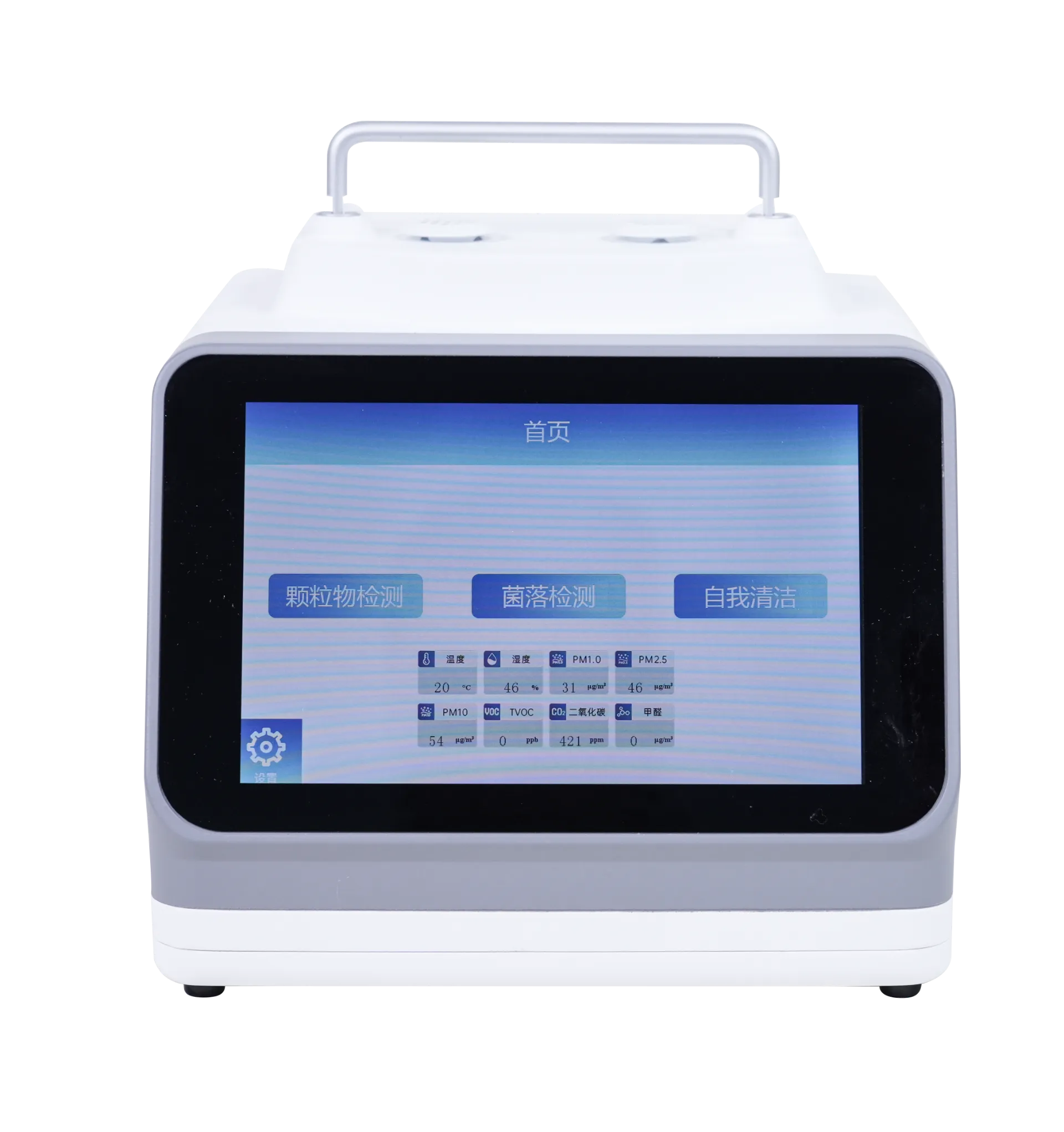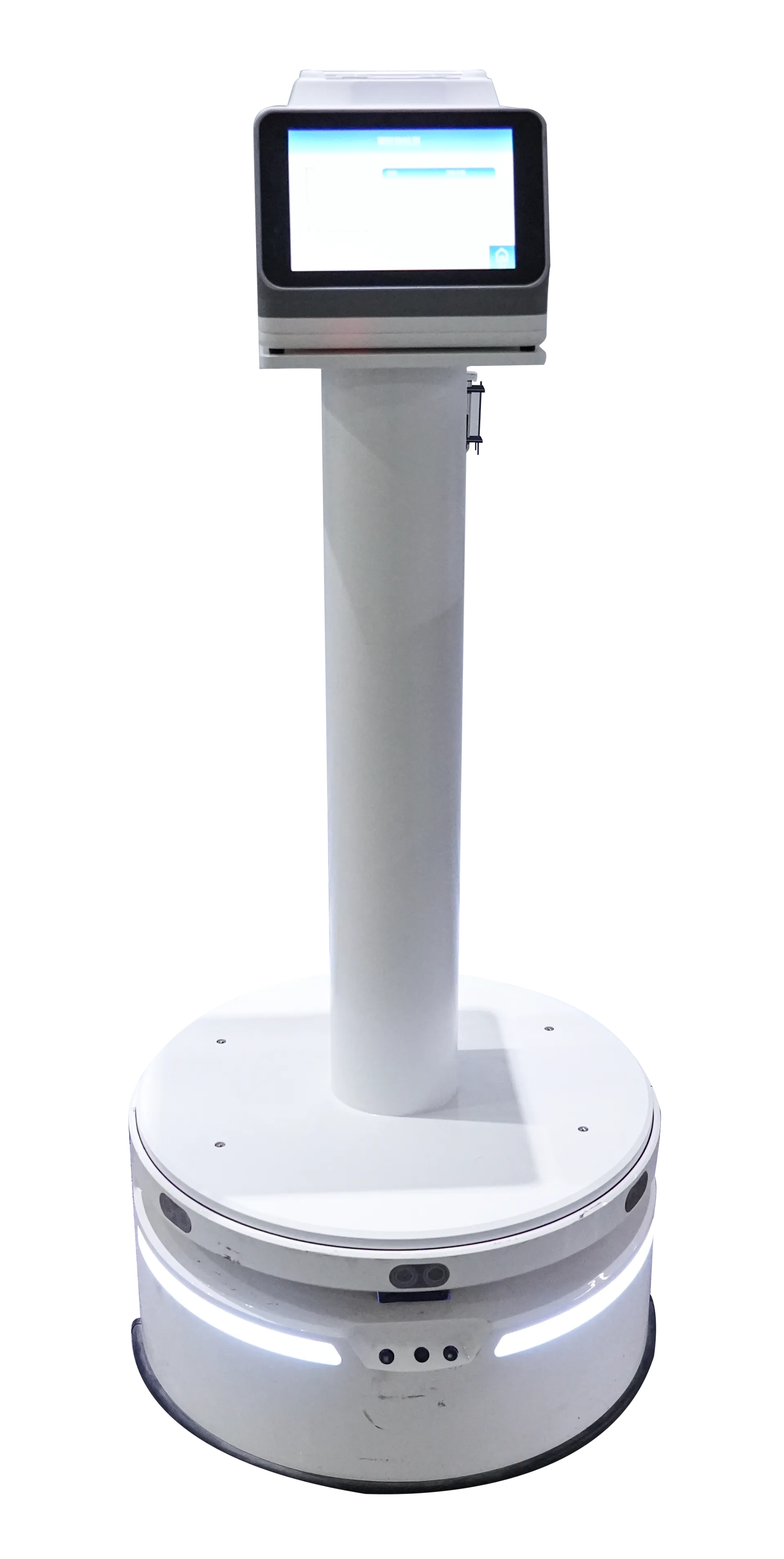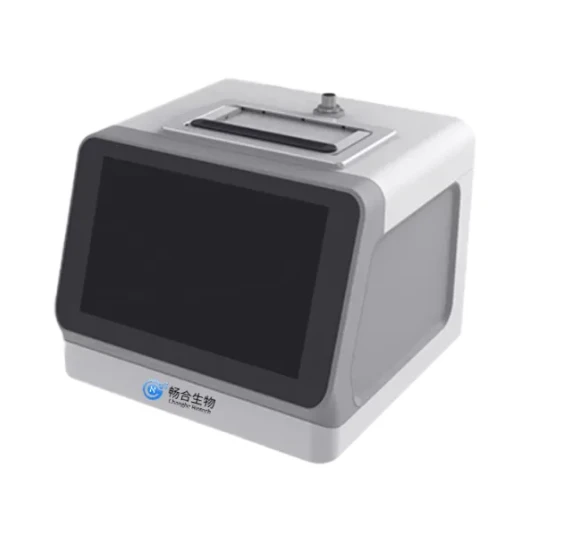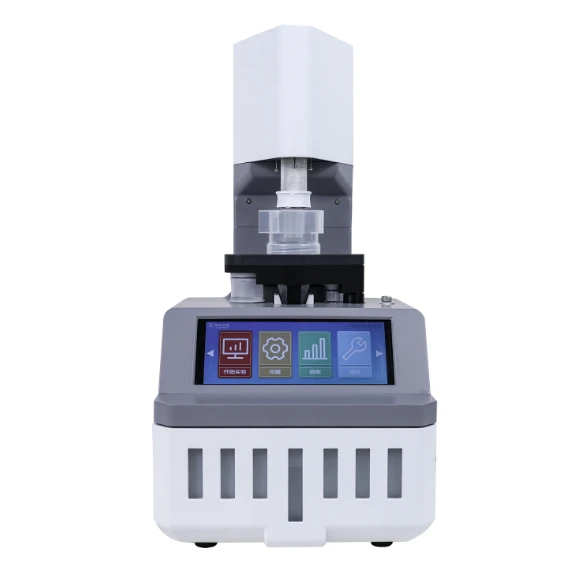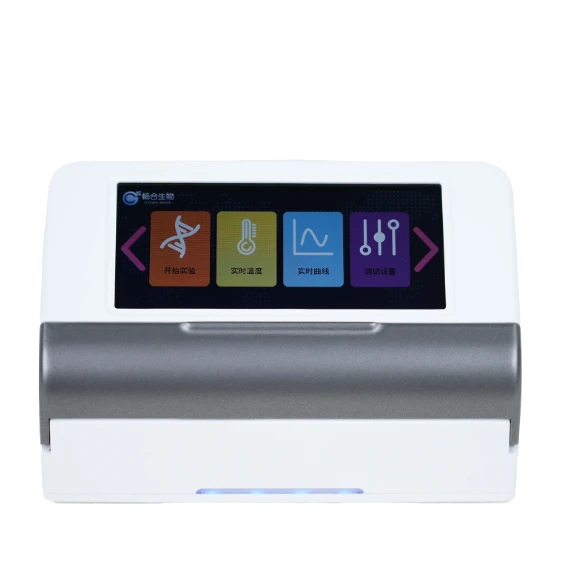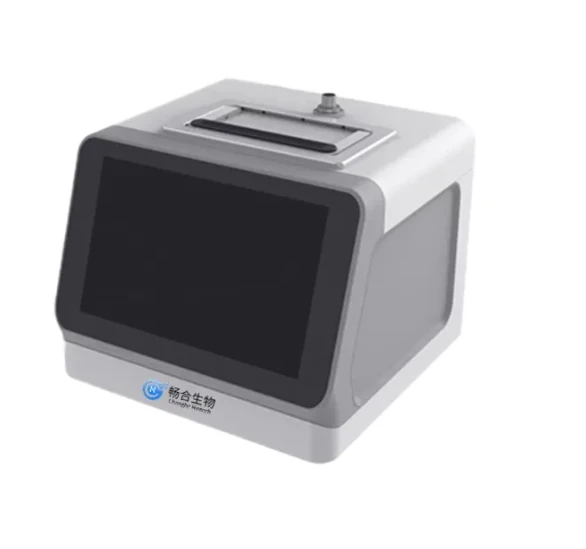High Sensitivity
Measure trace amounts of mold and other bioaerosols in the atmosphere.
Precise measurement technology
Get an instrument optimized for detection of bioaerosols, tryptophan, and NADH using two excitation wavelengths and two emission bands.
Particle-by-particle data
Get specific data for particles from 0.5 to 7µm, as well as particle time-of-flight to detect coincidence; configurable to measure larger particles such as pollen and fungal spores.
Graphical user-interface details
Measure particles in real time and see housekeeping parameters to monitor instrument health and enhance operational uptime.
Online real-time monitoring
Rapid response
No consumables
Portable
- Phamaceutical Industry
Food Manufacturing
Laboratory
Exhibition Venue
Shopping Mall
Hotel
Office
Rail Transit
Particle light-scattering and fluorescence detection
Particles are excited by 405 nm flash lamps.
Two emission bands give a detailed excitation-emission matrix which is highly sensitive to common fluorophores such as tryptophan and NADH.
| Model | AST-1-2 |
| Detection Objects | Bacteria, spores, fungi, pollen,etc. |
| Particle Size | 0.5~10μm |
| Sensitivity | ≤50 biological particles/L |
| Sampling Flow | 2.5L/min |
| Response Time | <3s |
| Store Temperature | -40℃~60℃ |
| Working Temperature | 0℃~40℃ |
| Communication Mode | UART-TTL |
| Input Power | DC 12V 2A Power<10W |
| Overall Dimension | 223*233*200mm |
| Weight | 3200g |
The Bioaerosol Monitoring Device is used in various applications, including:
1.Healthcare and Hospitals: Monitoring airborne pathogens to reduce the risk of hospital-acquired infections and ensuring a sterile environment.
2.Pharmaceutical Manufacturing: Ensuring clean room standards are met by monitoring bioaerosols that could contaminate products.
3.Public Health Surveillance: Detecting potential airborne threats and monitoring air quality in public spaces.
4.Research Laboratories: Studying the behavior and concentration of biological particles in controlled environments.
5.Environmental Monitoring: Assessing the presence of bioaerosols in outdoor and indoor environments to evaluate air quality and potential health risks.
6.Food and Beverage Industry: Ensuring hygienic conditions during production and packaging processes to prevent contamination.
7.Military and Defense: Monitoring potential biological warfare agents and enhancing biosecurity measures.
8.Agriculture: Monitoring airborne biological particles that could affect crops and livestock health.
9.HVAC Systems: Ensuring that heating, ventilation, and air conditioning systems maintain clean air standards by detecting biological contaminants.
10.Airports and Transportation Hubs: Screening for airborne pathogens to minimize the risk of disease transmission.


